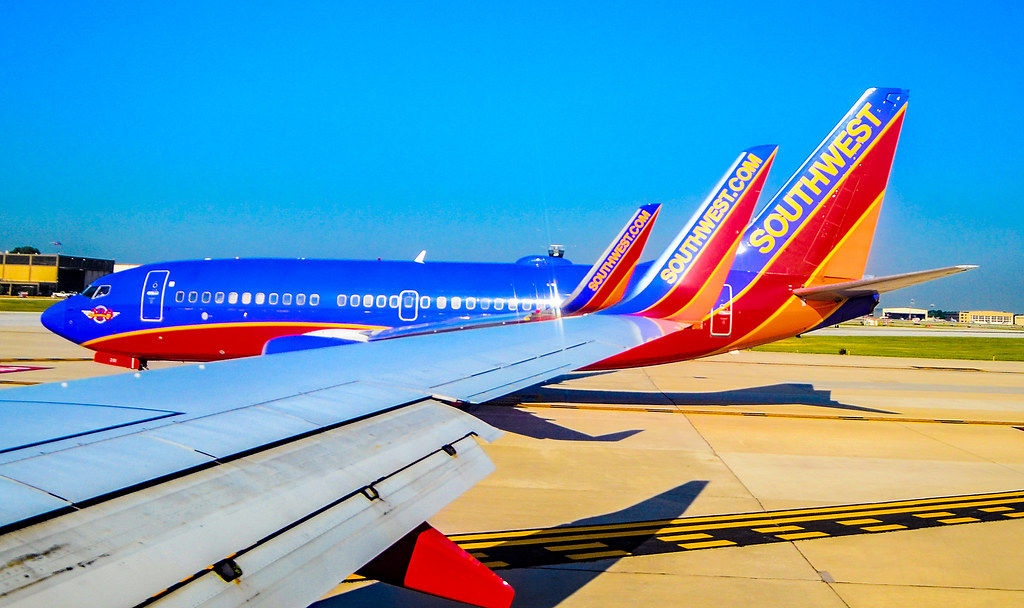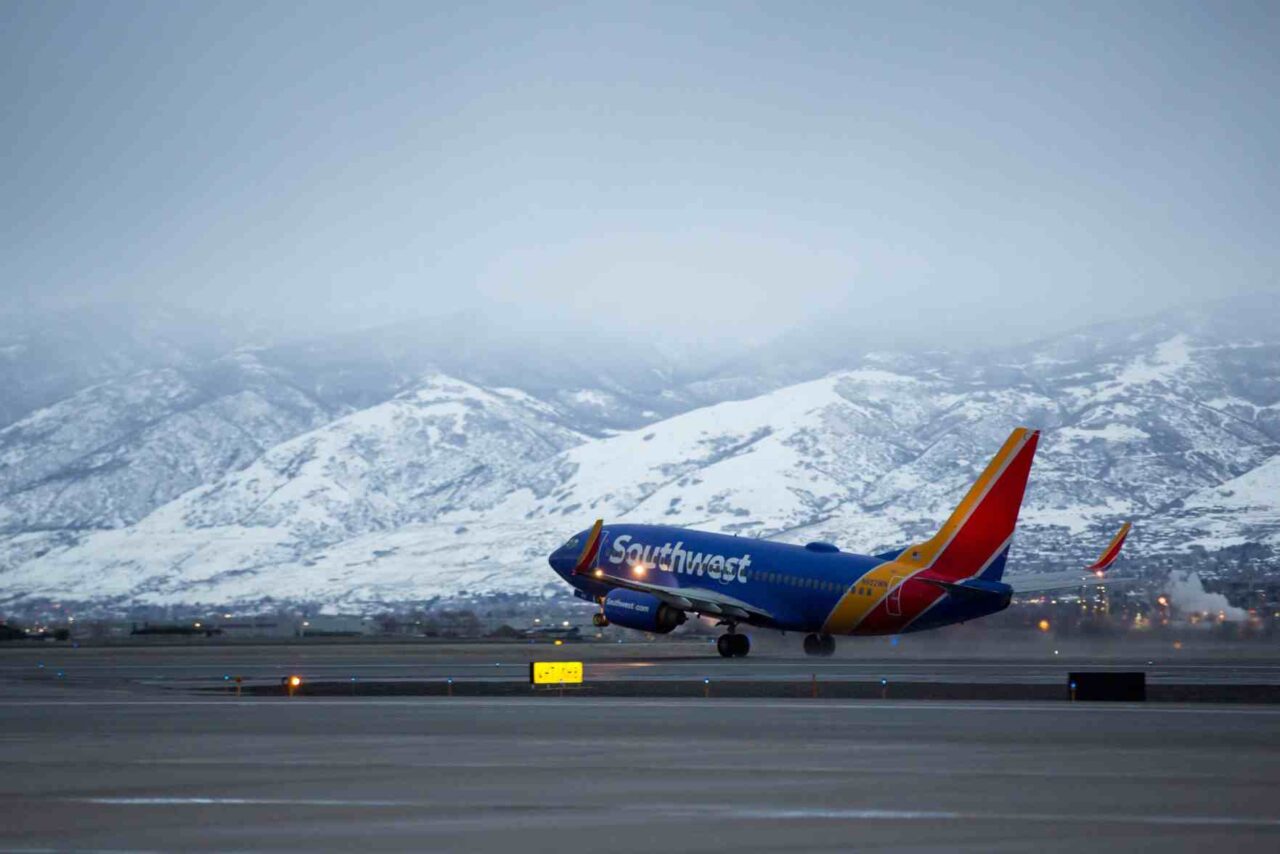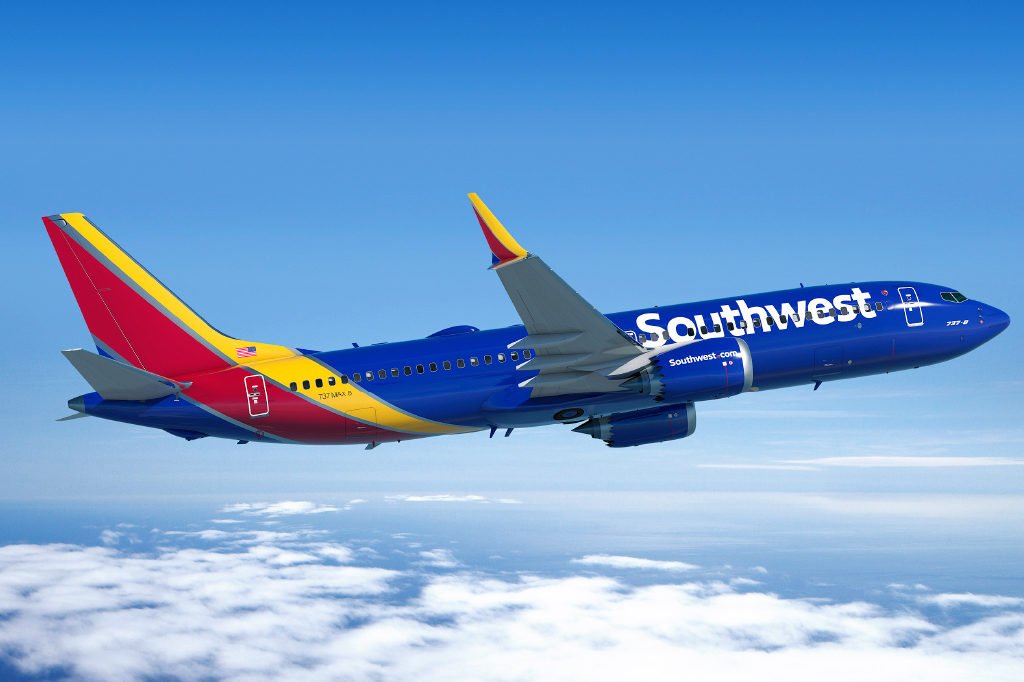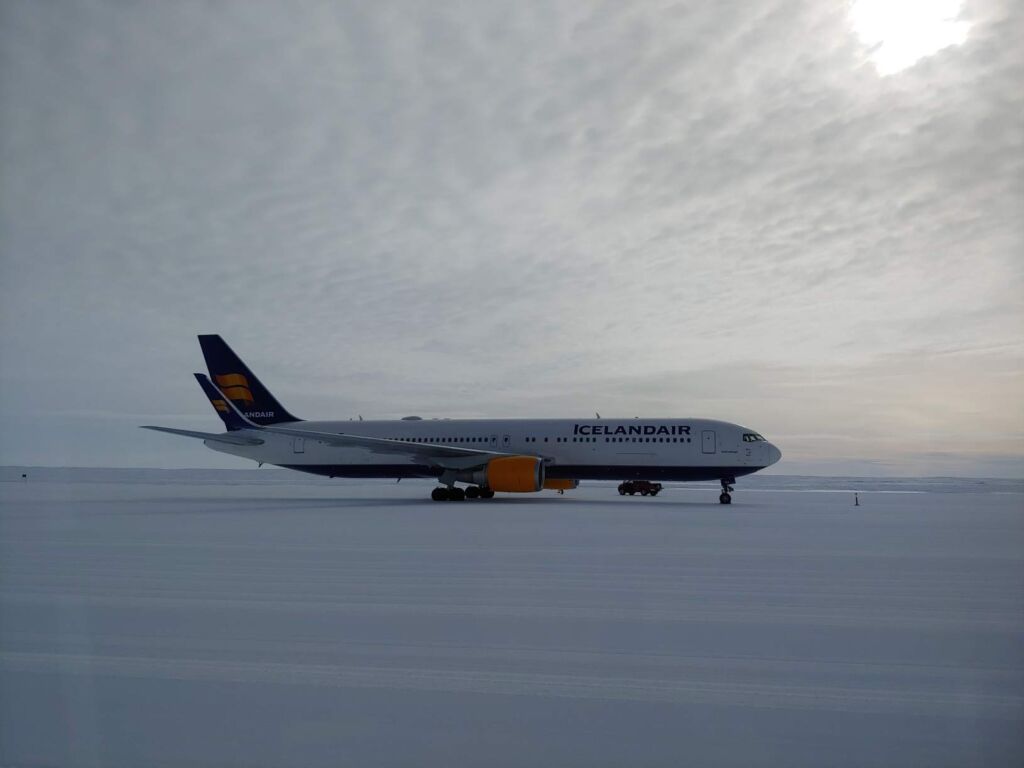Southwest Airlines has announced changes to its in-flight service protocols to enhance passenger safety amid rising turbulence incidents. Beginning December 4, the airline will stop cabin services earlier and initiate pre-landing checks at a higher altitude to reduce the risk of injuries caused by unexpected turbulence.
New Procedures for Passenger Safety
Under the updated policy, flight attendants will begin pre-landing procedures, such as ensuring seats are upright, tray tables stowed, and window blinds open, at 18,000 feet (5,486 meters) instead of the previous 10,000 feet (3,048 meters). This adjustment means passengers will be restricted to their seats about 10 minutes earlier during descent.
The airline’s decision reflects a growing emphasis on turbulence-related safety. “This change is intended to prioritize the well-being of our passengers and crew,” a Southwest spokesperson explained.
Rising Incidents of Turbulence
Turbulence, a common yet often underestimated phenomenon, has become more frequent, with severe cases causing significant injuries this year. Notable incidents include a Singapore Airlines flight in May, where extreme turbulence led to one fatality and 30 severe injuries, and a July Air Europa flight from Madrid to Montevideo that left 30 passengers injured.
Turbulence is categorized into four levels:
- Light: Slight bumpiness with minimal disruption.
- Moderate: Noticeable motion that may jostle passengers and move unsecured objects.
- Severe: Sudden, intense shifts that can throw passengers and objects violently, risking injury.
- Extreme: Rare but highly dangerous, with potential to cause structural damage to the aircraft.
Safety Recommendations
Aviation experts consistently recommend keeping seatbelts fastened during the flight, even when the seatbelt sign is off. Sudden turbulence can occur without warning, and wearing a seatbelt significantly reduces the risk of being thrown around the cabin during unexpected drops or shifts.
Industry Implications
Southwest Airlines’ proactive measures highlight the aviation industry’s response to changing weather patterns and evolving safety challenges. Other carriers may follow suit, adjusting service protocols to mitigate turbulence risks.
As turbulence incidents increase, airlines and passengers alike are reminded of the critical importance of prioritizing safety in the skies.





